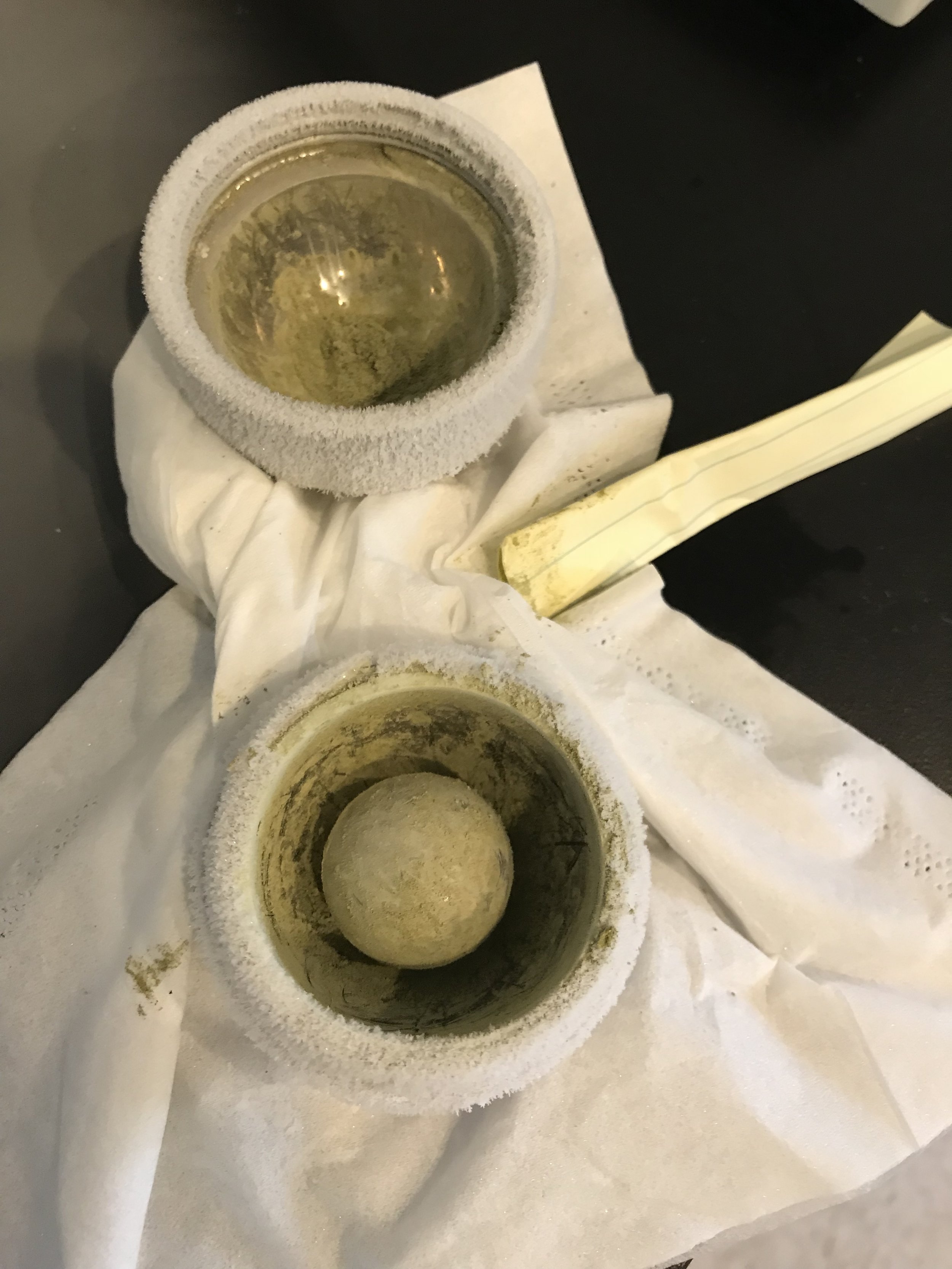Busted>>>>Companion Dx (Houston, TX) is one of at least six clinical labs stuck in bankruptcy court after Medicare alleged they improperly billed the government for unnecessary urine, genetic or heart disease tests expected to cause hundreds of millions dollars in losses to taxpayers. The nation spends close to $8.5 billion a year for drug&genetic test -health insurers are questions if the testing is truly necessary or to boost profits. Is this new news for this industry?
It is well known that Medicare has slashed fees for urine tests and tightened coverage of some genetic screens, which can cost Medicare $1,000 or more per person. Private insurers, who mostly have paid these bills without question, also are taking a more penetrating look at spending on the controversial lab work. Getting the money repaid back to Medicare and private insurers remains a formidable challenge. Some physician owned labs have been hard to collect from for many years, several testing firms that owe Medicare money, the assets are few and far between in order repay overcharges owed.
Labs can run a range of genetic and drug tests using a Oral Fluids, blood or urine specimen. The price tag to Medicare can climb significantly - especially if the physician orders a "batch" of tests. Some labs have kept operating in bankruptcy while others liquidated equipment and sold off assets. Several bankruptcy trustees, whose duty is to ferret out assets, are suing suppliers, insurers and some doctors to recover funds.
Spending on genetic testing, for example, shot up from about $167 million in 2013 to more than $466 million in 2014. In 2015, the program spent about $317 million on the tests and some $165 million last year. Government auditors credit tighter oversight for the sharp decline in billing.
Some labs have pushed genetic tests as a tool for making pain management safer. The labs contend the tests can pinpoint the correct drugs and dosage for each patient based on their genetic makeup, thus reducing the threat of overdose or other complications.
However, many experts argue that the science hasn’t caught up to the sales pitch — and that some high-priced tests may do little to diagnose or treat illness.
Genetic tests “are not ready for prime time,” said Charles Argoff, professor of neurology at Albany Medical College in New York. He said their impact on medical care “hasn’t been measured.”
Pharmacogenomic testing can be informative and can help caregivers and patients make safer decisions when choosing medications. However, promoting pharmacogenomic testing with application to only one disease state or with questionable testing practices can cause more harm than good. Most genes influence how the body metabolizes not just one class of medications, but can influence many other drug classes as well, and to varying degrees. Focusing only on one condition, such as ADHD, and ignoring the influence that genotype may have on other drug classes, such as medications for heart disease, can actually result in patient harm.
In summary Patient beware!!!
Source: http://www.benefitspro.com/2017/12/19/medicare-going-after-labs-suspected-of-unnecessary?page=3










